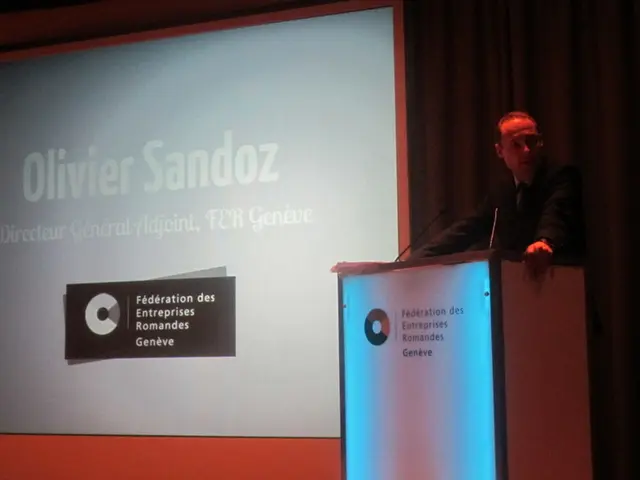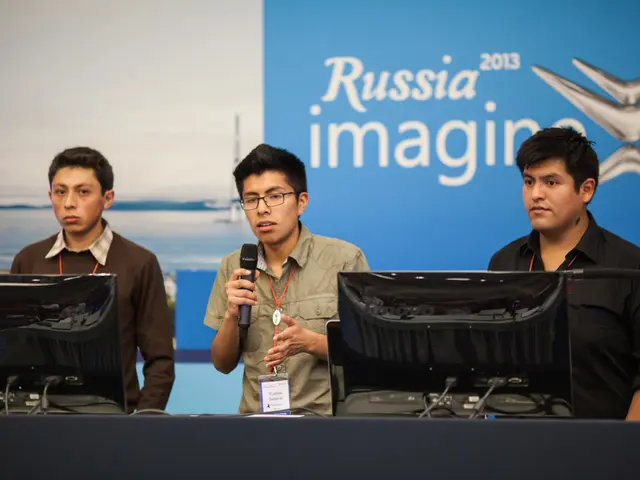Omniglot Classification Challenge
In the realm of machine learning, one-shot learning is a technique that enables machines to classify new objects into different classes, given that it has only seen one object from each class during its training. One such dataset used for the study of one-shot learning is the Omniglot Dataset, which contains 1623 characters from 50 different alphabets, each hand-drawn by 20 different people.
The classification task using one-shot learning is performed using a Siamese Neural Network. This network works by finding the 'degree of similarity' between two images. To classify a new image, the 128-D feature vector of each image is obtained by passing it through a Convolutional Neural Network (CNN) model. The similarity distance d is found between each image in the support set and the new input image.
During the testing phase, the support set is a set of N images that are matched with the newly received image. An N-way one-shot classification is performed, where N represents the number of classes in the support set. The image that shows the most similarity determines the class the new image will be classified into.
Choosing an appropriate N-way one-shot classification model during the testing phase is crucial for obtaining optimum results. As N increases, the support set contains more classes, making the task harder because there is a higher likelihood the test image might be closest to the wrong class. This increases classification complexity and error rate. On the other hand, as N decreases, the support set is smaller and the classes are more easily distinguishable, making classification easier and generally resulting in higher accuracy.
Commonly used values of N in the literature and practice for Omniglot with Siamese networks include 4-way, 10-way, and 20-way one-shot classification. The choice depends on the application need and desired accuracy-complexity balance. For example, 20-way provides a more challenging setting closer to real-world conditions, but 4-way offers higher accuracy in simpler scenarios.
Therefore, there is no single universally optimal N; instead, it is optimal to choose N based on the specific accuracy requirements and complexity constraints. Fig 4 provides a better understanding of the working of N-way classification.
It's worth noting that the Omniglot Challenge consists of 5 major tasks: One Shot Classification, Parsing, Generating new exemplars, Generating new concepts (from type), and Generating new concepts (unconstrained). Each of these tasks presents unique challenges and opportunities for further exploration in the field of one-shot learning.
References: [1] L. Koch, et al., Siamese Networks for One-Shot Learning, CoRR abs/1503.06312 (2015).
Technology plays a significant role in the development of artificial-intelligence, as evidenced by the implementation of Siamese Neural Networks in one-shot learning. In this context, math comes into play when designing the N-way one-shot classification model, determining the optimal number of classes (N) based on accuracy requirements and complexity constraints. For instance, the Omniglot Dataset, used for one-shot learning studies, often employs a 4-way, 10-way, or 20-way one-shot classification, with the choice depending on the desired balance between complexity and accuracy. On the other hand, the advancement of AI in art and artistry, such as generating new concepts or exemplars, is another intriguing area opened up by the Omniglot Challenge in the field of one-shot learning.




